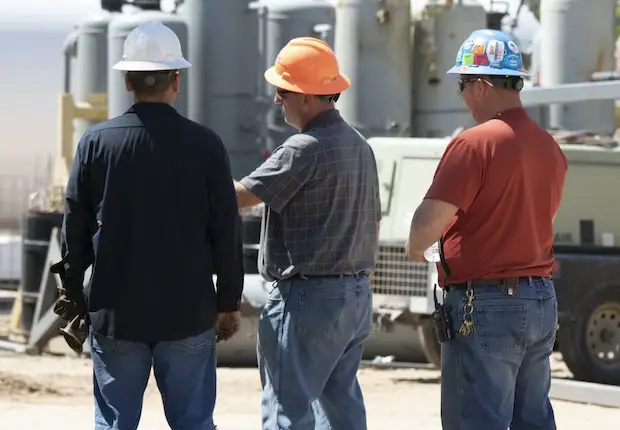Bloomberg issued predictions for the forthcoming jobs report from the Bureau of Labor Statistics, predicting that jobs growth will have slowed in October as the Federal Reserve pushed ahead with its strictest monetary tightening regimen in decades.
The estimate predicts the lowest monthly reading in non-farm payrolls seen since December of 2020.
If true the cooling in jobs data will be welcome news to the Federal Reserve. The central bank has bemoaned the strength of the jobs market, as it was applying upward pressure to wages and prices, countering Fed efforts to tamp down rampant inflation.
Regardless, Friday’s print will not be enough by itself to deter the Federal Reserve from implementing further rate hikes. Fed Chair Jerome Powell said as much on Wednesday in his statements after the FMOC meeting delivered its fourth straight 75 basis point rate hike. He pointed toward further rate hikes, albeit at a slightly less aggressive pace.
The predictions indicate hiring will remain robust compared to historical levels. In the third quarter of this year, job gains will have averaged 372,000 per month, compared to the pre-pandemic levels of roughly 150-200,000 per month.
In Powell’s post-meeting address, he had noted, “Although job vacancies have moved below their highs and the pace of job gains has slowed from earlier in the year, the labor market continues to be out of balance, with demand substantially exceeding the supply of available workers.”
He added, “The labor force participation rate is little changed since the beginning of the year.”
Labor force participation inched down in September, to 62.3%, vs August’s 62.4%.
Although Powell had strongly indicated there would be no policy-changes immediately forthcoming, investors will be sure to watch the new numbers closely for any sign the jobs market may be cooling, and the Fed may begin to slow the rate of interest rate increases at their next meeting in December.
In a note Thursday, a team of economist led by Michael Gapen said, “In our view, the appropriate terminal rate is about labor markets and employment gains. The Fed will know it has done enough when payroll growth slows further.”

